Roofing Services in Biggin Hill safeguard your property’s value, prevent leaks, cut energy loss, and defend against damp. Our expertise stretches across London and the Home Counties, ensuring every project—residential or commercial—meets strict compliance, delivers lasting protection, and maintains the highest safety standards.
With decades of experience, industry accreditations (Which Trusted Trader, CITB), and materials from Welsh Slate, ALM Lead, and Kemper, we deliver trusted results. Book a free survey today and protect your property.

Neglecting roofing issues leads to leaks, damp, energy loss, and creeping structural faults. The longer you wait, the more risks and costs increase for any property owner.

Professional Roofing Services in Biggin Hill tackle these threats directly—boosting weather protection, energy savings, and compliance with regulation. Homeowners enjoy peace of mind, landlords secure long-term value, and businesses guarantee safety and efficiency. Proactive roof care is always a secure investment, whether for repair, new installation, upgrades, or heritage preservation.
Roofing Services in Biggin Hill covers installations, repairs, upgrades, and restorations for homes, businesses, and heritage properties. Every service is built for long-term performance, full compliance with Building Regulations, and outstanding durability—using premium materials from leading suppliers. We tailor every solution for your unique needs, delivering safety and value.
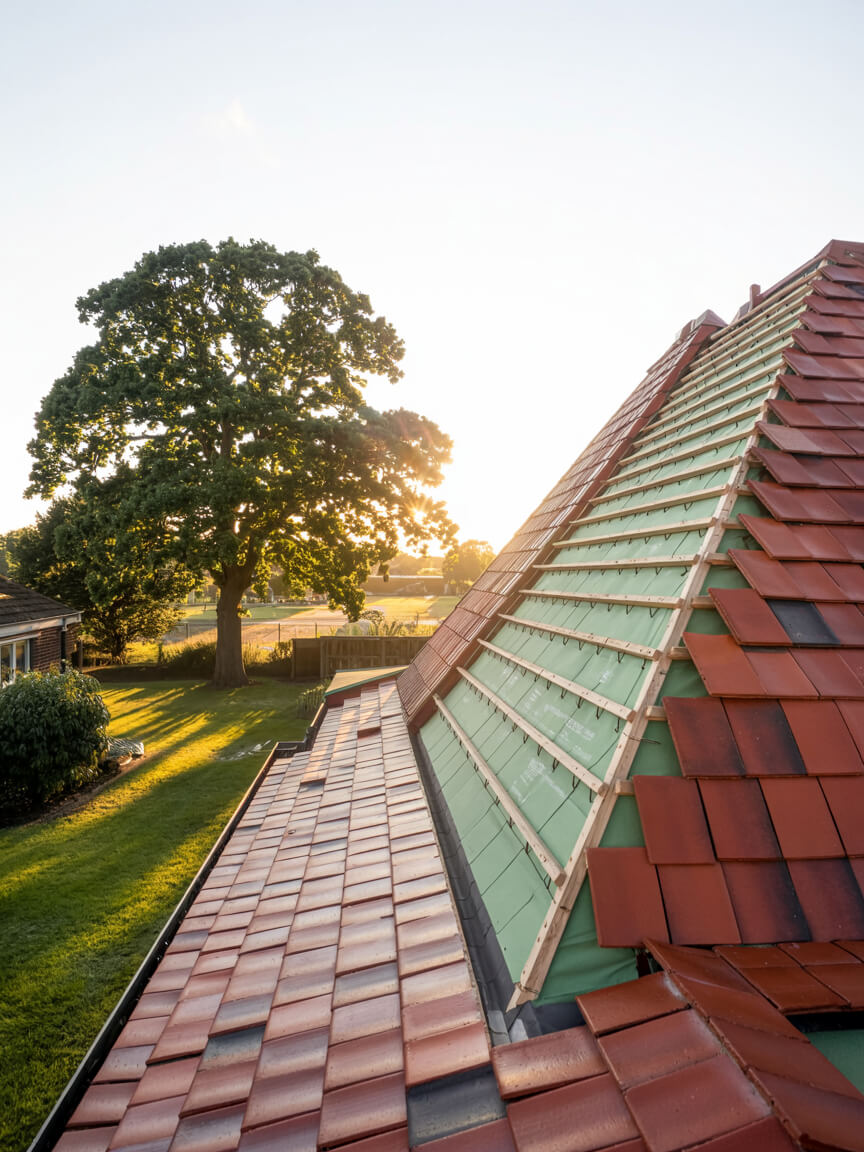
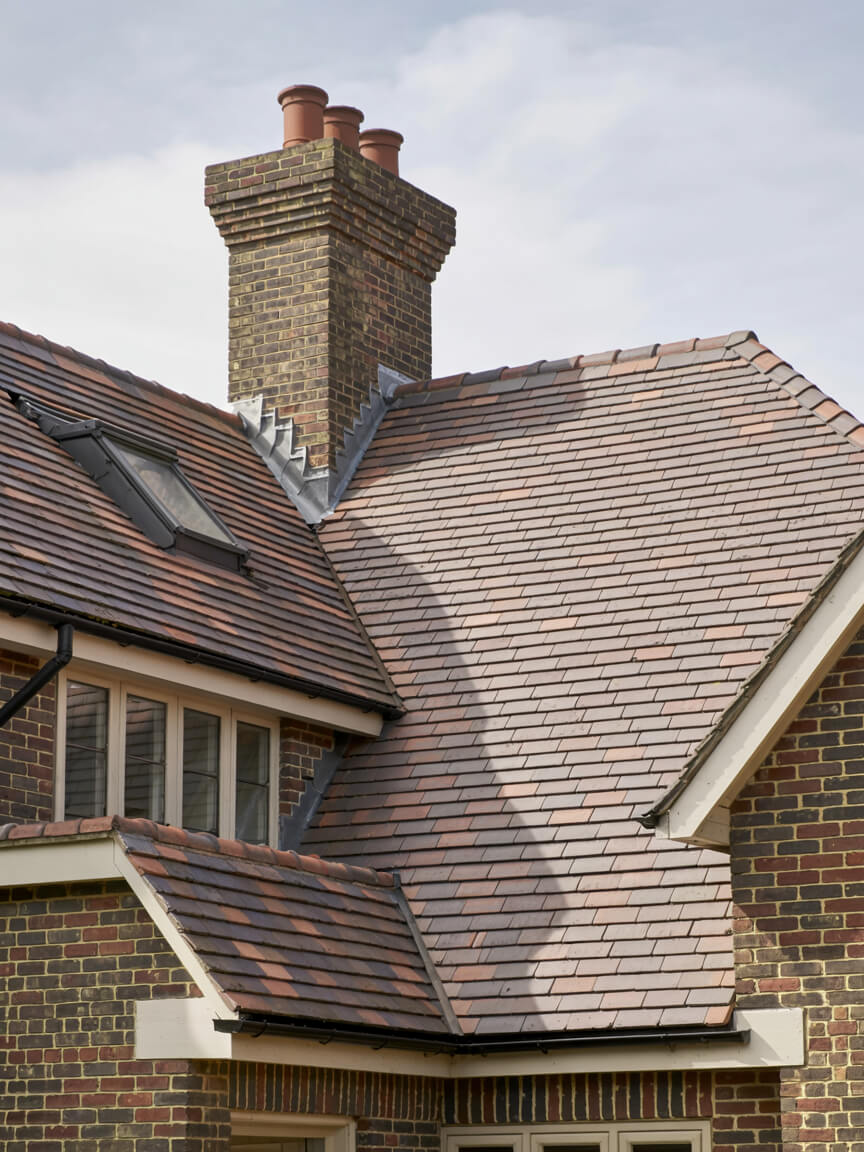
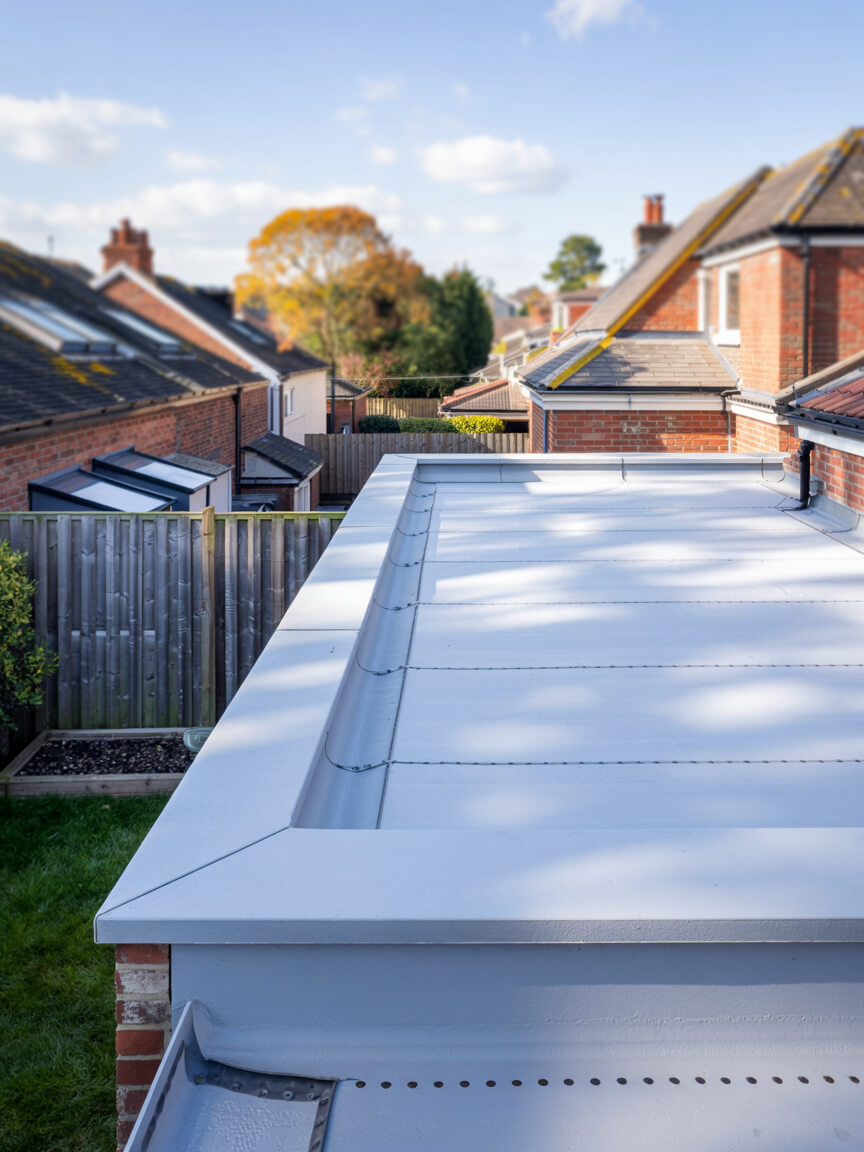
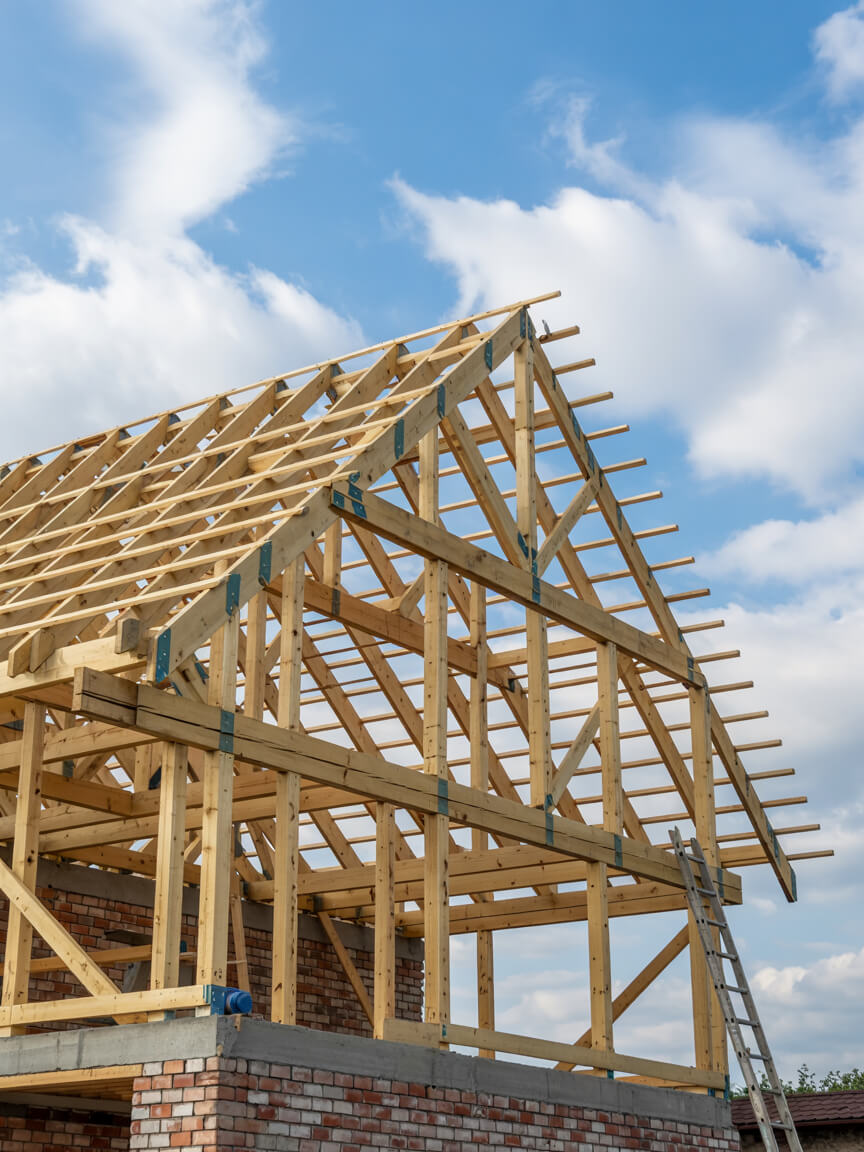
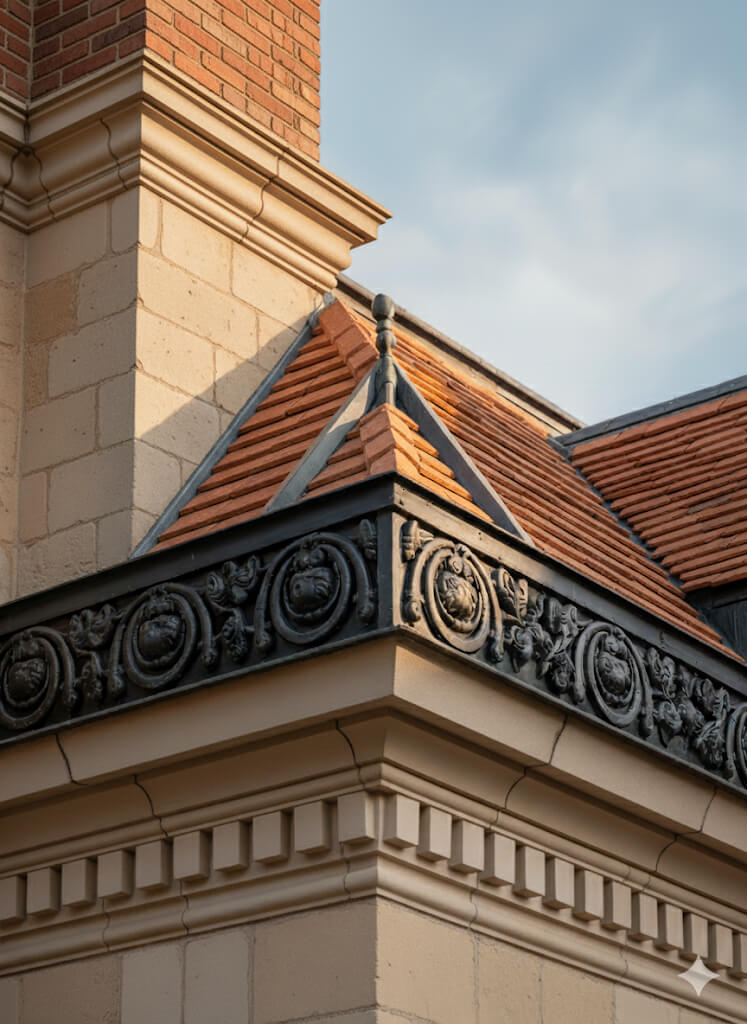
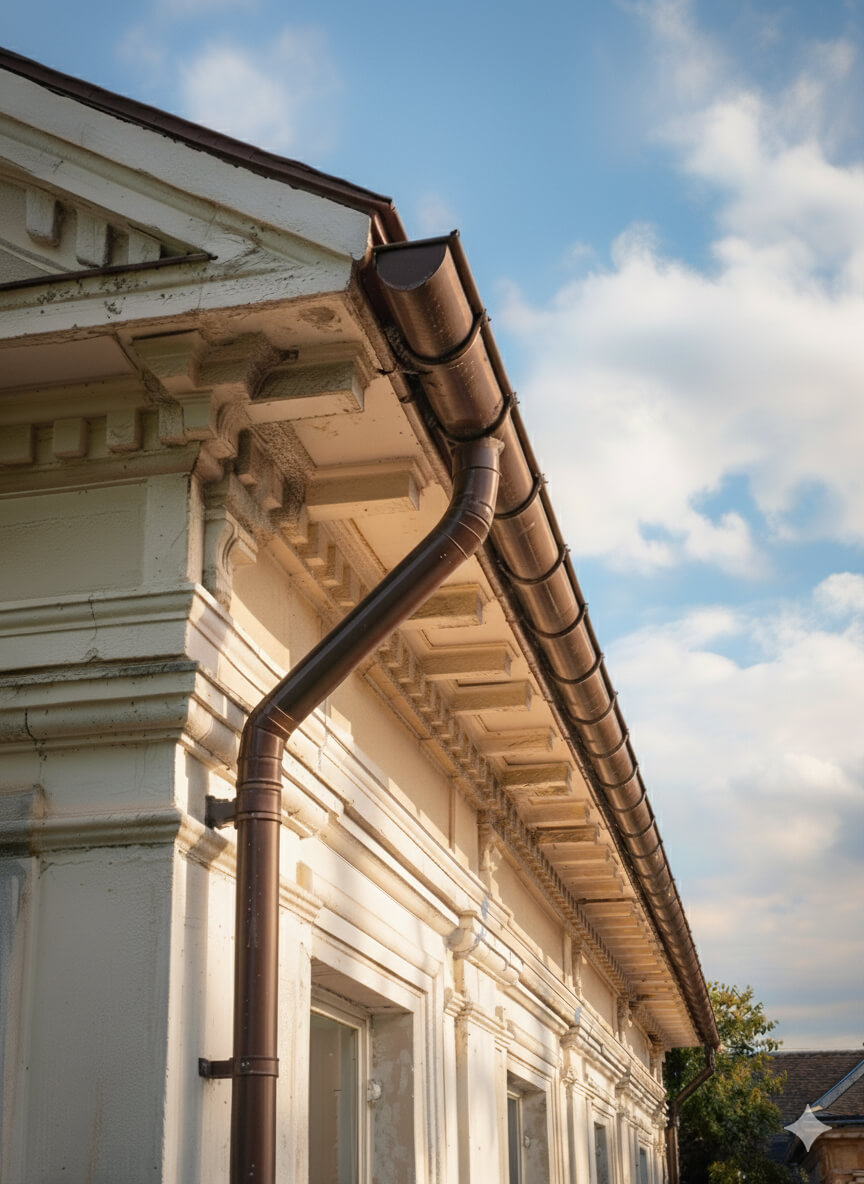

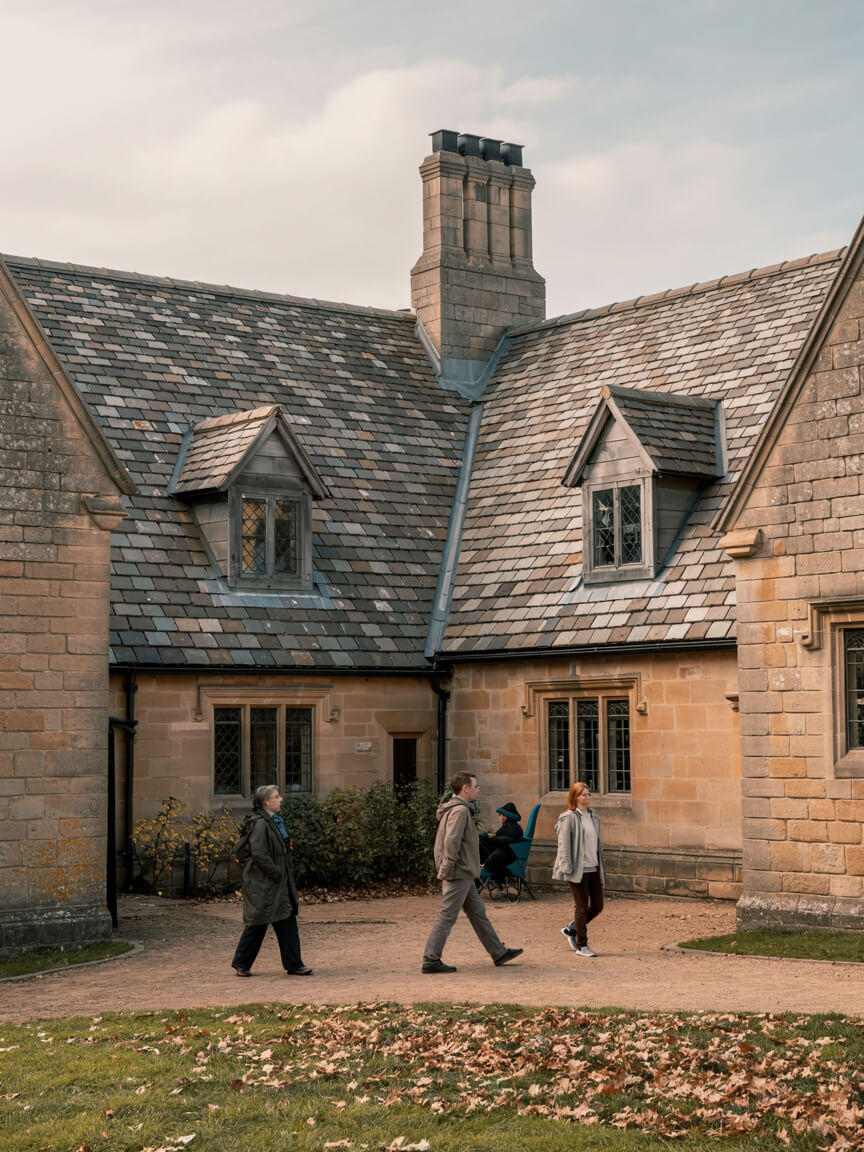
Every Roofing Services in Biggin Hill project adapts to property type, roof structure, and local environment. This tailored approach ensures compliance, minimises disruption, and maximises value. Whether a home, business, industrial site, or listed building, our flexibility delivers reliable, efficient roofing with safety at its core.
Homes, extensions, and listed buildings.
Offices, retail, schools, and hospitality.
Warehouses, factories, and logistics sites.
Each Roofing Services in Biggin Hill project follows proven steps using quality materials. Whether installation, upgrade, or repair, every layer strengthens durability, safety, and efficiency—keeping your property protected and regulation-compliant.
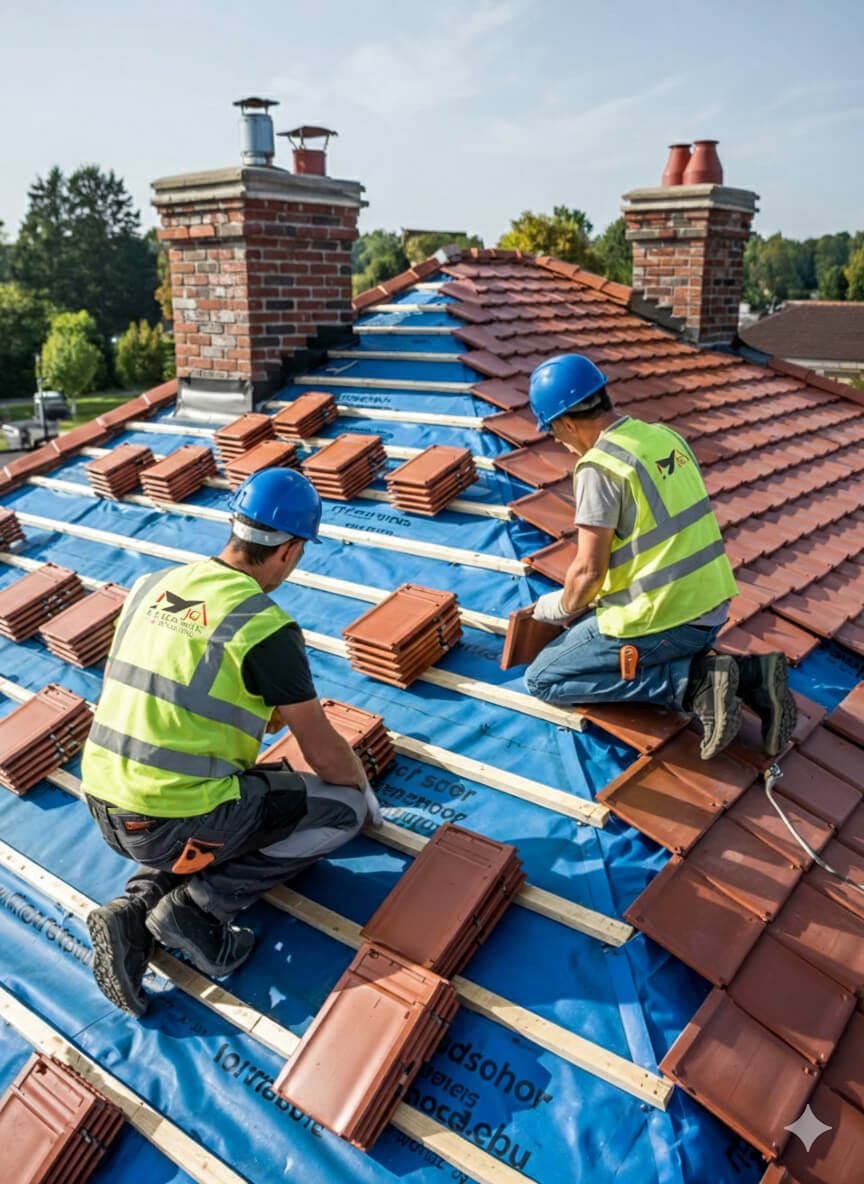
Get a free, no-obligation quote today.
Our experts are standing by to help you choose the perfect flat roofing solution.
⏱ Response within 24 hours guaranteed
Accredited by Which Trusted Trader, CITB, and approved by Kemper and Westwood, our team delivers safe, compliant, and warranty-protected Roofing Services in Biggin Hill projects. These credentials guarantee high standards and long-term assurance—highlighted by positive client reviews for quality, professionalism, and trust.


Complete reroofing. Living in Singapore at the time and T was super responsive and communicative.
Replacement of lead box gutter and new flashing to parapet wall. I had an excellent experience using James and the team. He was very prompt in all aspects of communication and completed a first class job. Really pleased.
James completed some repairs on our roof and replaced some of our pebble dash by the roof as well. He was very thorough and fixed everything. He kept us really informed by taking photos and showing us what he did and keeping us updated. It also went onto our neighbours roof and he did the same fo...
We had a leak in our bedroom and James fixed the roof for us to stop it from leaking. All the work came with a warranty. The work that was carried out was good. James and his team were polite, and did all the work quickly and without too much interruption to our day-to-day lives. Would recommend ...
J G Leadworks have repaired and replaced the roofs and gulleys over our warehouse and workshops which have meant both areas are now watertight
James and team were incredibly responsive to my request to look at a serious leak issue on my flat roof. They did a very thorough investigation and explained in detail the issue and gave a fair quote. They were quick to book in and complete the work and have checked in afterwards a few times to m...
James was quick to respond to the initial contact and was able to work around some time constraints I had. He explained what needed doing clearly and was happy to answer follow up questions. He took pictures to show each stage and I feel confident in the work that was done by James and the team. ...
JG Roofing were very easy to work with. Their quote was sensible and they stuck to that figure. They completed many repairs to my roof including, rebuilding a leaded gutter, reinforcing rotten rafters, rebuilding a long felted gutter and felting parapet walls, resurfacing and felting a flat roof,...
Planning and legal checks protect clients from costly errors, delays, and non-compliance, ensuring roofing projects meet regulatory and safety requirements.
Permission is typically required for listed properties, conservation areas, or major roof alterations. All projects must also satisfy Building Regulations, including Part A (structural safety) and Part L (energy efficiency), ensuring compliant and future-proofed installations.
Our team manages the full process—from initial surveys to legal guidance, documentation, and dealing with local authorities. Whether modern homes or heritage sites, we deliver every project legally, safely, and with minimal disruption—giving property owners complete reassurance and peace of mind.

Every project unites skilled workmanship with rigorously tested materials.
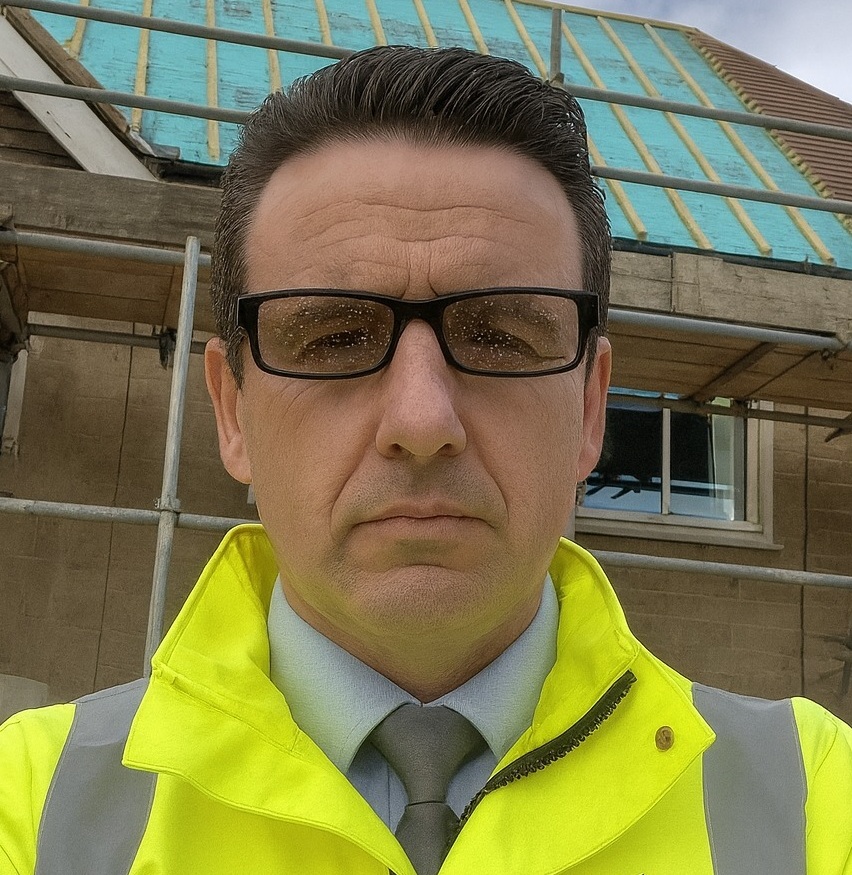
With 25 years of experience in lead sheet roofing, James is a trusted expert in heritage roofing, slate, and tiling. His knowledge of traditional methods, paired with modern compliance, makes him a go-to specialist for projects that demand both craftsmanship and durability.
Roofing Services in Biggin Hill provides lasting protection, efficiency, and value, delivering durable, compliant roofing solutions that safeguard every type of property investment.
Selecting Roofing Services in Biggin Hill involves balancing durability, budget, compliance, and aesthetics to secure the best-fit roofing solution for your property.
Why Clients Choose JG Leadwork and Roofing
With decades of trade experience, our teams understand the unique demands of London and Home Counties roofing. From heritage-listed properties to contemporary extensions, we adapt solutions to local regulations, weather conditions, and architectural styles with precision.
Accredited by Which Trusted Trader, CITB, and approved by Kemper, Westwood, IKO, ALM, and other leading suppliers.
These credentials guarantee safety, compliance, and access to manufacturer-backed warranties, giving clients peace of mind that their project meets the highest professional standards and benefits from warranty protection.
Our heritage projects use Welsh Slate and handmade clay tiles for authenticity, while leadwork is delivered to Lead Sheet Association (LSA) standards. Commercial installations employ Kemper and Westwood liquid systems for durability and efficiency. Each example demonstrates our reliability, blending traditional craftsmanship with modern performance.
Our workforce includes skilled roofers, heritage specialists, and safety-certified installers.
Every roofer holds NVQs, receives ongoing CPD training, and is qualified in both modern flat systems and traditional techniques, including slate and leadwork.
Team structure ensures projects run smoothly—surveyors identify needs, installers deliver with precision, and supervisors oversee compliance. This approach minimises disruption, accelerates timelines, and guarantees consistent quality across residential, commercial, and industrial roofing projects.
Every project is regulation-compliant, warranty-backed, and focused on long-term results.
Client testimonials and case studies confirm our track record, with projects praised for professionalism, durability, and customer support.
We go beyond installation with aftercare packages, maintenance support, and open communication at every stage. Property owners gain reassurance that JG Leadwork and Roofing stands behind its work. Book a free survey today and discover why homeowners, landlords, and businesses trust us with their roofing.

Get a free quote, rapid response, and expert service across London and the Home Counties. Contacting JG Leadwork and Roofing is your simple first step to dependable roofing solutions.
We source materials from leading suppliers including Supreme and IKO felt systems, Kemper, Westwood and Proteus liquid systems, Welsh Slate, handmade clay tiles, ALM Lead Mills, and Nicholson Air Track. These trusted brands guarantee durability, compliance, and warranty-backed performance across flat, pitched, heritage, and commercial roofing projects.
.
.
For homes, Roofing Services in Biggin Hill safeguards comfort and enhances kerb appeal with durable, energy-efficient systems. Whether modern extensions or traditional pitched roofs, tailored solutions improve living standards and protect property value.
For businesses, Roofing Services in Biggin Hill delivers cost-effective, large-scale installations with minimal disruption. Projects are planned around operations, with safety compliance, energy performance, and flexible scheduling built in—supporting offices, retail, schools, and industrial facilities with reliable, regulation-ready outcomes.
For heritage properties, Roofing Services in Biggin Hill combines authentic materials such as Welsh slate, handmade clay tiles, and ALM lead with skilled conservation techniques. Listed building consent and conservation requirements are fully managed, ensuring traditional character is preserved while integrating modern weatherproofing. This careful balance provides long-term durability without compromising historic integrity or aesthetic value.
JG Leadwork and Roofing delivers Roofing Services in Biggin Hill across housing, commercial, heritage, and public sectors. Every industry comes with unique requirements, from safety and compliance to efficiency and conservation. Our adaptability ensures projects are delivered with precision and professionalism—whether safeguarding homes, supporting business continuity, preserving history, or protecting critical public and healthcare facilities.
Durable roofing installed with minimal disruption, ensuring safe, regulation-compliant workspaces for staff and visitors.
High-standard, compliance-focused solutions protect community facilities while meeting strict safety and regulatory obligations.
Heavy-duty roofing tailored for wide spans, ventilation, and long-term maintenance efficiency.
Authentic materials and sensitive methods preserve historic character while adding modern protection.
Weatherproof systems that enhance kerb appeal and guarantee uninterrupted trading for outlets.
Tailored roofing improves guest comfort, safety, and ambience across hotels, restaurants, and venues.
Safe, durable systems designed for schools and universities with minimal learning disruption.
Specialist roofing solutions built for hygiene, safety, and regulatory compliance in medical environments.
Our team of NVQ-qualified roofers, LSTA-trained specialists, and health & safety-compliant professionals bring decades of combined experience. Every project is delivered with meticulous attention to detail, ensuring safe practices and consistent quality across flat, pitched, heritage, and commercial roofing disciplines.
Expertise includes heritage leadwork, slate and tile roofing, modern flat systems, and drone-assisted roof surveys. Ongoing CPD training ensures adaptability to both traditional craftsmanship and the latest innovations—giving clients confidence that every roof is built or repaired with proven skill and care.

A thorough survey highlights existing issues, structural considerations, and upgrade opportunities, ensuring the best-fit solution is identified from the very beginning.
Transparent, itemised quotes detail costs, timelines, and materials—giving you complete clarity and confidence before work starts, with no hidden surprises.
Scaffolding, access solutions, and robust safety measures are put in place to safeguard both property and people throughout the project.
Skilled roofers complete the work using accredited materials and proven techniques, delivering durable, compliant results while keeping disruption to a minimum—whether for repairs, replacements, or new installations.
Each stage is inspected against manufacturer standards and Building Regulations, with photographic documentation provided for transparency and peace of mind.
Each stage is inspected against manufacturer standards and Building Regulations, with photographic documentation provided for transparency and peace of mind.
In a competitive roofing market, many providers look the same on paper. JG Leadwork and Roofing stands out through proven expertise, accredited methods, and specialist techniques. Our combination of traditional craftsmanship and modern technology makes us the safer, smarter choice across residential, commercial, industrial, and heritage projects.
In a competitive roofing market, many providers look the same on paper. JG Leadwork and Roofing stands out through proven expertise, accredited methods, and specialist techniques. Our combination of traditional craftsmanship and modern technology makes us the safer, smarter choice across residential, commercial, industrial, and heritage projects.

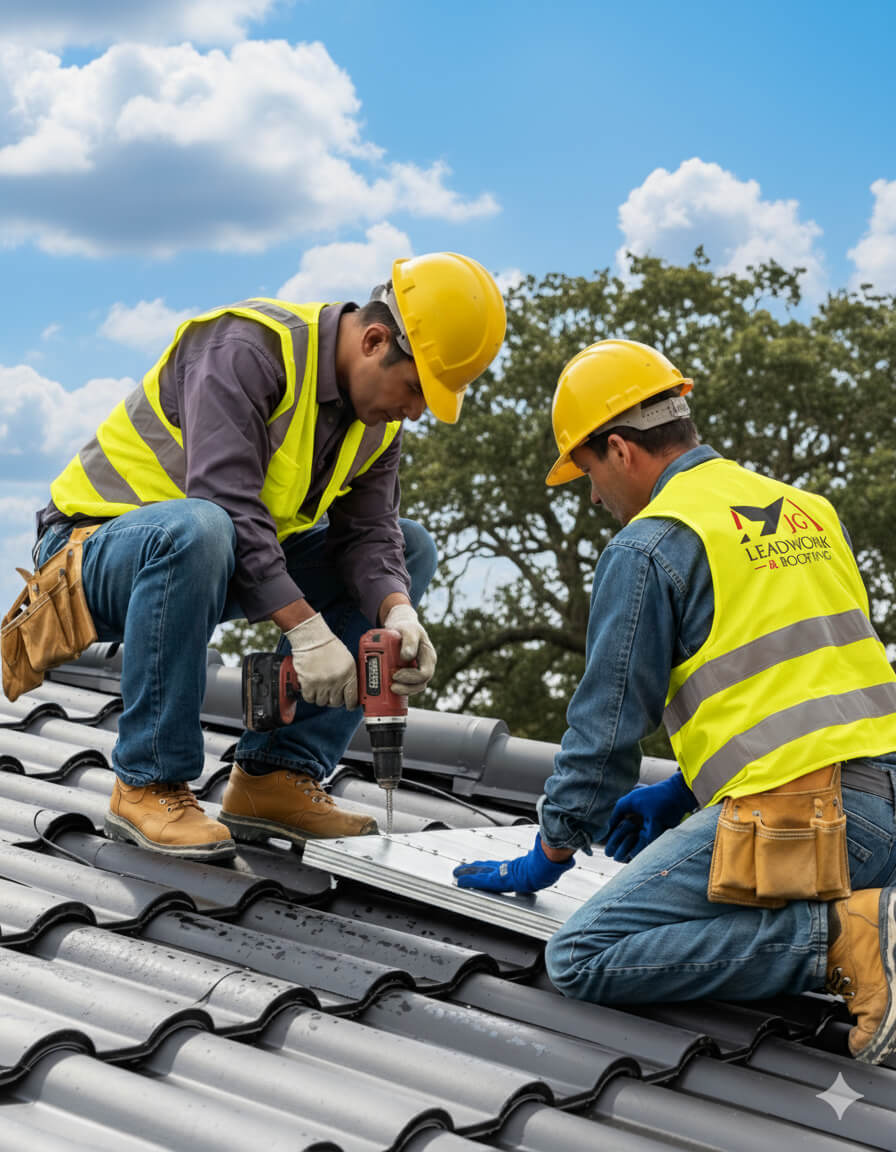
At JG Leadwork and Roofing, every project follows a structured QA process. Each stage—materials, installation, safety, and final sign-off—is measured against manufacturer specifications and UK Building Regulations to ensure durability, compliance, and warranty-backed performance across all roofing services.
Projects are only signed off once all QA checks are complete, giving clients confidence in long-term performance, structural safety, and insurance-backed peace of mind.
Every Roofing Services in Biggin Hill project by JG Leadwork and Roofing is delivered in strict alignment with UK Building Regulations and recognised frameworks. This ensures structural safety, energy efficiency, durability, and protects warranties and insurance coverage across residential, commercial, industrial, and heritage properties.
Clients can be confident their project is completed legally, safely, and insurance-ready—delivering long-term performance, compliance assurance, and complete peace of mind.
Property owners often wonder about Roofing Services in Biggin Hill—from costs and timescales to permissions. Below, you’ll find straightforward, trustworthy answers to the most frequent and practical queries.
Roof leaks following heavy rain are one of the most reported—and costly—issues facing property owners, commercial landlords, contractors, and architects in Biggin Hill. Water ingress rarely shows itself as a sudden torrent; often it starts small, gradually damaging insulation, plasterwork, and structural timber. Understanding the typical root causes allows you to act before minor defects become expensive repairs or invalidate insurance. Below, we break down the critical mechanisms that lead to leaks after heavy weather, with plain-English inspection cues and practical risk context for UK buildings.
The first line of defence against rainfall is your external roof layer—tiles, slates, or flat-roof coverings such as felt or single-ply membranes. Over time, these materials can crack, slip, or suffer from membrane degradation, especially after repeated freeze–thaw cycles common in the South East. “Freeze–thaw” refers to water seeping into small cracks, expanding as it freezes, and gradually prising apart materials. Older mortar bedding, perished underfelt, or worn pointing become vulnerable in prolonged rain, allowing water to breach the surface. The result might be a visible leak after a storm, but more often it manifests as intermittent damp patches, stains near ceilings, or warped finishes. In the case of flat roofs, even a slight split or blister in the membrane can allow water to track laterally, only showing damage metres away from the entry point.
Another major culprit is failed or poorly installed flashing—the thin strips of metal (often lead or a substitute) fitted at roof edges, junctions, chimneys, or abutments. Flashing is designed to seal joints where roofs meet walls, valleys, or protrusions. Over time, flashing can detach, corrode, or split due to movement, temperature swings, or simply age. Improper installation is a frequent cause, especially on repairs done without full access or detailed weathering. Water follows the path of least resistance—if flashing is loose or the sealant has failed, it can wick (“capillary tracking”) into building fabric even if the rest of the roof is sound. Signs include damp marks in upper corners of rooms, musty odours near fireplaces or chimney breasts, or visible gaps, staining, or white mineral “salts” on brickwork outside.
Roof design and the surrounding environment play a significant role in post-rain leaks. Ponding—water that accumulates and fails to drain within 24–48 hours after rainfall—mainly impacts flat or low-pitch roofs. Even shallow standing water accelerates membrane deterioration and can seep through microscopic flaws. UK guidance typically recommends a minimum roof fall (slope) of 1:80 to promote drainage, with any “ponds” deeper than 15mm worth investigation. Blocked gutters, downpipes, or valleys result in water overflowing into vulnerable points. Ventilation and insulation mistakes create cold spots, driving interstitial condensation—a hidden build-up of moisture within the roof structure, misdiagnosed as a leak. Compliance with Part L of the UK Building Regulations (energy efficiency standards) now requires strict control of insulation and ventilation to minimise such risks.
Pinpointing the source of a leak needs more than a glance at the ceiling. Begin with a visual survey, looking for discoloured patches, blistered paint, or warped plasterwork. Outside, inspect for missing or cracked tiles, split membrane seams, and obvious debris in gutters. Touch can reveal dampness even before staining shows. For deeper insight, a moisture metre measures how far water has penetrated. In complex cases (flat roofs or multi-layered systems), a borescope—a small camera inserted into voids—can locate hidden penetrations. Drone surveys are effective for high or awkward buildings, while a core sample from a flat roof, taken by a specialist, reveals if water has entered the insulation or deck. Most roof diagnostics now combine these methods, prioritising areas where different roof elements intersect or where detailing is complex.
| Cause | Typical Symptom | Risk if Ignored | Indicative Remedy |
|---|---|---|---|
| Cracked tiles or split membranes | Localised damp patches | Rotting timber, mould | Replace tiles/membrane section |
| Failed flashing | Staining near junctions/chimneys | Masonry decay, leaks | Reseal or replace flashing |
| Ponding water | Pools visible after rain | Membrane breakdown | Re-detail for drainage |
| Blocked gutters/valleys | Overflow marks/green staining | Water enters fabric | Clear gutters, repair joints |
The price difference between slate and tile roofing reflects a mix of labour, materials, regulations, and property conditions. For property owners, contractors, and developers in London or the wider UK, these factors shape not only the immediate budget but also maintenance expectations, regulatory compliance, and long-term value. Understanding the breakdown is vital before commissioning a new roof or considering major repairs.
Both roofing types remain popular throughout the UK. Slate is favoured for its traditional appearance and long lifespan, while tile (clay or concrete) is chosen for its range, cost flexibility, and ease of replacement. However, the choice between them depends on the details below.
Slate is a natural stone, normally sourced from specialist quarries in Wales or imported from Spain and Brazil. Expect material costs for quality slate to start around £100–£150 per m², with higher figures for premium Welsh or bespoke reclaimed options. The natural composition and unique appearance of slate justify the initial expense, as well as its 80–100-year lifespan.
Clay and concrete tiles are manufactured products, typically priced between £25–£50 per m². Mass-produced clay tiles cost less than handmade or specialist tiles, which sometimes approach lower-end slate pricing. Tiles are available in a broad palette of shapes and finishes but generally have a shorter expected service life—often around 30–60 years for most options.
Slate installation demands specialist skills and more labour time per m² than tile. Each slate is cut, holed, fixed individually—often using copper or stainless steel nails—according to BS 5534, the UK’s code for slating and tiling. Irregular sizes or complex roof features (valleys, ornate details) can increase slate labour to £70–£100 per m². Older or conservation properties may require reclaimed slate, further complicating fitting.
Tile roofs are comparatively straightforward. Most modern tiles interlock, speeding up installation and reducing errors, with labour commonly falling in the £30–£50 per m² range for a standard roof. Minor increases occur for intricate designs, steep pitches, or bespoke patterns, but the process is usually faster than with slate.
A new roof—slate or tile—must comply with UK Building Regulations, including Part L (insulation and energy efficiency) and BS 5534 (fixing, underlay, and wind resistance). Slate’s additional weight often requires assessment of the supporting roof structure, and replacements in conservation areas or on listed buildings may require like-for-like materials, planning permissions, and sign-off from local authorities.
Clay and concrete tiles can sometimes offer a wider choice within regulations, but hand-made or heritage-profile tiles may still be required for visual or conservation compliance, particularly on period homes or in protected neighbourhoods. Approval processes and inspections should be factored in, as they can extend timelines and set minimum standards for workmanship and materials.
Costs in London tend to run higher than elsewhere in the UK, driven by site access limits, higher scaffolding charges, insurance demands, and premium disposal fees. Older properties may need timber upgrades to take the extra weight of slate, or bespoke leadwork around chimneys and junctions, all of which add to the bill.
Environmental exposure matters, too. Roofs in exposed, windy zones (like higher London suburbs) may require heavier gauge slate, more robust fixings, or secondary waterproof membranes to meet the latest wind load and durability requirements under BS 5534.
This table helps compare key differences for decision-making:
| Factor | Slate | Tile | Why It Matters |
|---|---|---|---|
| Material Cost (per m²) | £100–£150 | £25–£50 | Slate quarrying is costly |
| Labour/instal (per m²) | £70–£100 | £30–£50 | Slate fixing requires skill/time |
| Regulatory/Planning | Strictest on heritage/listed roofs | May require hand-made on period homes | Restrictions can increase costs/timing |
| Structural Upgrades | Often needed (older roofs) | Sometimes (rare with light tiles) | Impacts upfront investment |
| Longevity | 80–100 years (natural) | 30–60 years (typical tile) | Affects lifecycle value |
Most decision-makers will find slate roofs cost more initially due to premium materials, skilled labour, and planning restrictions—particularly in sensitive or conservation-area settings. Tile roofing, with broader flexibility, generally offers a smoother path for timing and cost, making it suitable for projects not governed by strict heritage demands. Always weigh your property’s location, compliance obligations, and design lifespan before committing to slate or tile.
For most UK properties, a standard roof installation typically takes anywhere from three days to two weeks, depending on roof type, size, and complexity. Understanding timelines is crucial for property owners—it shapes disruption planning, affects insurance schedules, and allows for more accurate budgeting, especially for landlords or managers coordinating multiple works. Timely installation is also important for building safety: working around weather and scaffolding schedules reduces the risks of exposure and water ingress.
These variables differ for homeowners expecting minimal downtime, commercial facilities where operational impact matters, and heritage properties that require conservation techniques. Timelines can shift considerably based on these contexts.
A straightforward roof replacement for an average-sized, semi-detached house with a pitched (sloped) roof can often be completed in five to seven working days. More complex jobs—such as those involving intricate valleys, chimneys, or leadwork—may extend the process. Flat roofs (for example, felt or liquid systems) are typically faster, with smaller installations taking two to four days, while extensive commercial or multi-level projects may run for several weeks. For listed or historic buildings, where each tile or slate might be lifted, catalogued, and reused to comply with conservation guidelines, installations can last several weeks due to planning checks and specialist supervision.
Key stages in the process include:
Several factors that influence installation duration:
UK seasonal weather also plays a significant role. Autumn and winter months bring increased rainfall and shorter daylight hours, often delaying work for safety reasons. The freeze–thaw cycle—when water in roofing materials freezes and then thaws—may limit working days or add to drying times for adhesives and coatings. Most installers factor in weather-related delays when planning a project.
Regular roof maintenance is the best way to extend the lifespan of any roofing system. For residential pitched roofs, aim for a formal inspection every two to three years, as well as after any severe storms. Flat roofs typically need more frequent checks—every year or two—because they are more susceptible to surface water and membrane exposure.
Key maintenance tasks include:
Warranties for many modern roofing systems require a record of periodic inspection and basic maintenance—especially for liquid-applied or membrane types.
Different roofing materials have distinct maintenance demands and lifespans:
| Material | Typical Lifespan (UK) | Inspection Frequency | Key Maintenance Actions |
|---|---|---|---|
| **Clay Tile** | 50–70 years | Every 5 years | Replace cracked tiles, reset ridges |
| **Natural Slate** | 80–100 years | Every 5 years | Replace slipped or broken slates |
| **Fibre Cement Slate** | 40–50 years | Every 3 years | Check for cracks, repaint as needed |
| **Torch-On Felt (Flat)** | 10–20 years | Every 2 years | Re-seal joints, patch small failures |
| **EPDM Rubber** | 25–30 years | Every 2–3 years | Check for shrinkage, clean outlets |
| **Liquid (Polyurethane/Silicone)** | 20–40 years | Every 3 years | Inspect for splits, recoat periodically |
Carrying out small repairs promptly—like resetting a slipped slate or resealing flashing—can double your roof’s effective lifespan, compared to reactive, emergency-based fixes. Scheduled, routine care helps prevent unexpected leaks and major costs in the future.
Securing the right roofing solution isn’t just about the lowest quote—it’s about understanding the real cost, trusting the installer, and ensuring your investment is protected for years to come. Property owners across Biggin Hill demand clear pricing and robust guarantees because unexpected repairs, compliance failures, or warranty disputes can turn a routine job into a major headache. Whether you’re repairing storm damage, upgrading insulation, or considering a replacement, evaluating cost transparency, warranty coverage, and installer credibility is the difference between lasting peace of mind and costly surprises.
Roofing costs vary based on project scope, property type, and what lies hidden beneath the surface. Here’s a breakdown of typical price ranges for homes and businesses in Biggin Hill:
| Service Type | Typical Range (UK) | Key Influences |
|---|---|---|
| Roof Repair | £250 – £1,200 | Damage type, access, materials |
| Roof Replacement | £5,000 – £15,000+ | Size, structure, insulation, finish |
Unforeseen extras—like structural repairs or full insulation upgrades—are more expensive if you wait until problems appear. Clear, written estimates prevent surprises.
A proper insurance-backed warranty covers both materials and workmanship for terms such as 10, 15, or even 20 years. This protects you if the contractor ceases trading or if errors only emerge long after completion. Policies should specify:
Meeting Part L compliance—now essential for resale, remortgaging, or insurance—depends on these warranties. Insurers and surveyors will request written proof of warranty and compliance before approving policies or transactions.
A reliable result starts with an accredited installer. You should seek:
These credentials matter because accredited firms are audited, required to maintain their training, and bound by the programmes underpinning major warranty schemes. Certified installation is often a condition of manufacturer guarantees—unqualified work may void your warranty and create future legal headaches.
Cutting corners may seem to lower costs, but it introduces big risks:
Shortcuts also damage property value: surveyors and insurers flag expired warranties, missing paperwork, or poor workmanship. The safest choice is a compliant, fully regulated installation that spares you major expense and stress down the line.